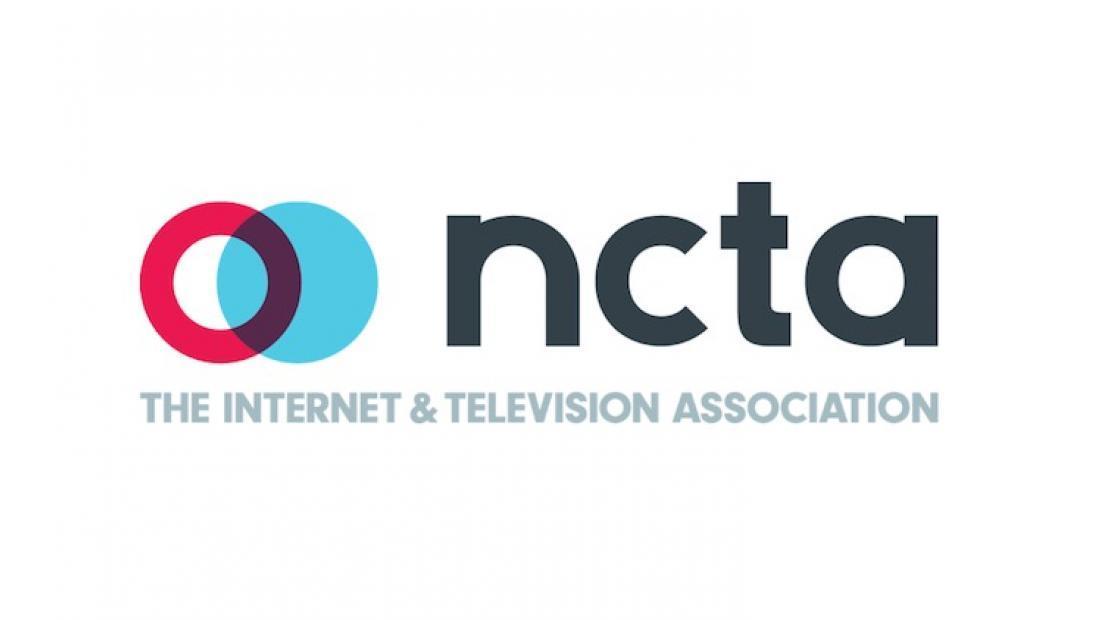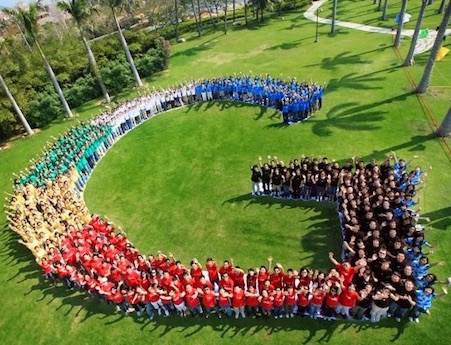NCTA, Google Team Up on 3.5 GHz Compromise


Cable operators, Google, and a veritable host of others have gotten together on a compromise proposal for sharing the 3.5 GHz band, a proposal that includes a mix of large and small license areas.
They say that mix will accommodate all stakeholders and that they are all giving up something--all being cable, technology, equipment development, rural broadband, rural mobile wireless carriers, and manufacturing, infrastructure, and enterprise solutions companies--"in the spirit of compromise."
"This compromise framework reflects a substantial revision of the Commission’s existing census-tract licensing framework, and its inclusion of MSA (metropolitan statistical area)-sized licenses incorporates a key part of the plan submitted last month by the Competitive Carriers Association and CTIA," they told the FCC.
Related: Charter Sees Compromise in CBRS License Sizes
CTIA and CCA have proposed that the FCC issue MSA-sized licenses in the top 306 cellular markets, but proposed smaller, county-based, licenses for the remaining 428 in their own compromise proposal.
CTIA wants the FCC to vote on the framework for opening up the 3.5 GHz (CBRS) band and its July meeting, and an auction of that spectrum by next year.
NCTA, Google, et al. propose this licensing framework for the rebranded Citizens Broadband Radio Service (CBRS) band.
Broadcasting & Cable Newsletter
The smarter way to stay on top of broadcasting and cable industry. Sign up below
1. "In every census tract in every U.S. county, there will be two (2) census-tract-based CBRS PALs available at auction.
2. "In the top 30 U.S. Cellular Market Areas (ranked by population), there will be five (5) county-sized PALs available at auction in every county.
3. "In U.S. Cellular Market Areas ranked 31-306 (based on population), there will be five (5) Metropolitan Statistical Area (“MSA”)-sized PALs available at auction.
4. "In U.S. Cellular Market Areas ranked 307-734 (based on population), there will be five (5) county-sized PALs (priority access licenses) available at auction in every county.
5. "The license term for all PALs will be seven (7) years, and PALs will be renewable based on performance criteria.
Supporting the compromise are: Frontier Communications, General Electric, Google, Motorola Solutions, Inc., NCTA-The Internet & Television Association, NTCA-The Rural Broadband Association, Ruckus Networks, Rural Wireless Association, and the Wireless Internet Service Providers Association.
Back in 2016, FCC chair Tom Wheeler signaled the FCC would be opening up a "trifecta" of low-band (the broadcast spectrum auction), mid-band (3.5-GHz) and high-band spectrum for shared and licensed and unlicensed use to boost 5G wireless broadband.
The FCC voted back in April 2015 to make shared 3.5-GHz spectrum available for flexible wireless broadband use.
The FCC voted last October on a framework for freeing up new spectrum -- it would be shared with incumbent government users -- for wireless broadband that could encourage cable and telco broadband players to use, and bid on, that spectrum in the race to 5G.
Cable broadband providers are looking for more WiFi spectrum, as well as looking to add mobile wireless service to their bundles via MVNO (mobile virtual network operator) agreements, under which they lease capacity from an AT&T or Verizon.
The changes to the priority access license (PALs) in the band are meant to incentivize faster network broadband deployments of fixed and mobile service. Those include longer license terms and contemplating different sized licenses.
Contributing editor John Eggerton has been an editor and/or writer on media regulation, legislation and policy for over four decades, including covering the FCC, FTC, Congress, the major media trade associations, and the federal courts. In addition to Multichannel News and Broadcasting + Cable, his work has appeared in Radio World, TV Technology, TV Fax, This Week in Consumer Electronics, Variety and the Encyclopedia Britannica.

